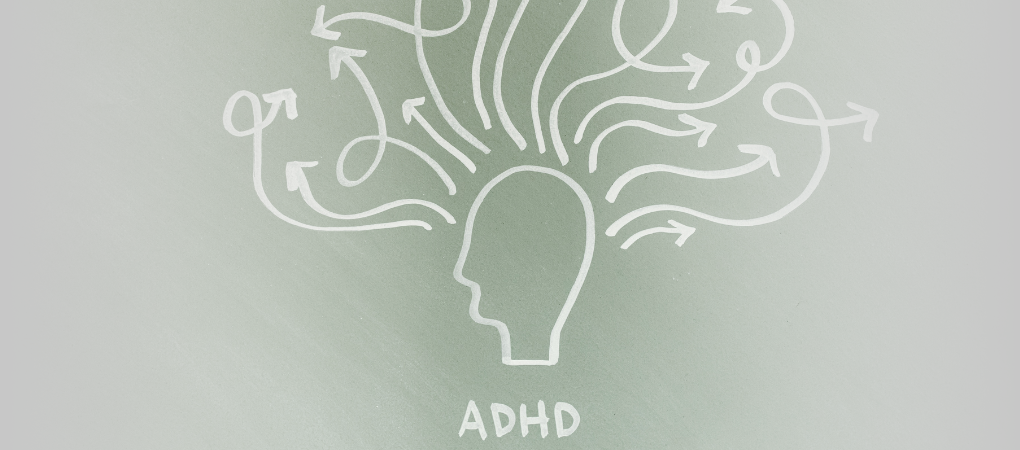Francesca Galiano
|
21/09/2022 - Last update 28/12/2022
Alessandro Accorsi, Chiara Lucci, Lorenzo Di Mattia, Cristina Granchelli, Gina Barlafante, Federica Fini, Gianfranco Pizzolorusso, Francesco Cerritelli, Maurizio Pincherle
Effect of osteopathic manipulative therapy in the attentive performance of children with attention-deficit-hyperactivity disorder
Pathology:
Attention deficit/hyperactivity disorder (ADHD)
Type of study:
Randomized controlled trial

Purpose of the study
- Objective: to evaluate the efficacy of OMTh in the treatment of children with ADHD
- Measured outcomes:
- Primary: accuracy and rapidity scores of the Biancardi-Stroppa Modified Bell Cancellation Test
Participants
- Number: 28 children (5 female and 23 male)
- Criteria of inclusion: children of 5-15 years of age, with a primary diagnosis of ADHD, admitted to a single neuropsychiatric unit.
- Criteria of exclusion: a secondary diagnosis of ADHD, a diagnosis of mental retardation, anxiety disorder, pervasive development disorder, bipolar disorder, childhood schizophrenia, manic episodes, underdevelopment of a special learning skill, overactive symptoms caused by organic disorders or adverse drug reaction.
- Groups of study: 2 groups obtained by randomization
- Group 1: standard of care with the addition of OMTh, 14 children (3 female and 11 male, mean age 7.8 years
- Group 2: standard of care, 14 children (2 female and 12 male, mean age 8.6 years)
Interventions and evaluations
- Neuropsychiatrist evaluation to confirm the primary diagnosis of ADHD at the beginning of the study
- Collection of the following data at the beginning of the study: duration of labor, type of delivery, gestational age at birth, BMI, psychomotor development (time taken to crawling, walking and verbalizing), pharmacotherapies, psychosocial interventions, a history of sleep disorders, physical or psychological trauma, physical activity, gastrointestinal disorders, visual, dental or otolaryngologic disorders and menarche
- Evaluation of the accuracy and rapidity scores of the Biancardi-Stroppa Modified Bell Cancellation Test, at the beginning of the study and after 10 weeks
- Evaluation of adverse effects after each week
- 6 40-minute sessions of OMTh (2 weekly and 4 biweekly) and weekly sessions of psychological intervention (standard of care)
- OMTh: personalized on the basis of the children needs
- amongst the techniques utilized: myofascial release, craniosacral, balanced ligamentous tension, balanced membranous tension
- Standard of care: pharmacotherapies (methylphenidate or atomoxetine) and psychosocial interventions (individual and group cognitive-behavioral program)
- The osteopaths performing the OMTh were registered members of the Registro Osteopati d’Italia and followed a 8-hour training to define a standardized evaluation procedure
- Psychosocial intervention carried out by a specialized psychologist
Results
- Primary outcomes: at the end of the study the group with OMTh, showed a higher rapidity score in the Biancardi-Stroppa Test compared to the group with standard of care alone in a statistically significant manner. On the contrary, the accuracy score did not result different between the two groups. However, while the group with standard of care alone did not see any changes in both scores between the beginning and the end of the study, they both increased in the group with OMTh.
- Further analyses: By multivariate regression, both Biancardi-Stroppa Test scores were positively correlated with OMTh. In addition, the improvement of the rapidity score was a predictor for the improvement of the accuracy score (the more the rapidity improved, the greater the accuracy became). On the contrary, the standard of care did not show any link with the scores of the Biancardi-Stroppa Test. In the group with OMTh somatic dysfunctions were detected, in particular at the levels of L5-S1, sphenobasilar synchondrosis, left sacroiliac, occipitomastoid suture, left ileum, diaphragm, metopic suture, visceral fascia, left and right occipital condylar and T12-L1.
Discussion
OMTh seems to be able to positively affect children with ADHD, as it was shown by the group that followed standard care with the addition of OMTh compared to the group with standard of care alone. The OMTh effects could include the stimulation of endocannabinoid release, which have been recognized as central in the neurophysiologic management of ADHD.
An interesting result is the frequency with which somatic dysfunctions were found at the level of L5-S1, of the sphenobasilar synchondrosis, as well as in other cranial areas. More studies, analyzing a larger population and evaluating a sham treatment in order to prevent children from recognizing the treatment performed, are needed.
The review of Osteopedia
By Marco Chiera
Strengths: pre-study training followed by the osteopaths; use of a validated test (although only in Italy); good description of the interventions and of the measuring instruments used
Limits: the results were evaluated in the short term (the day after the last treatment); small sample (and few females); it would have been interesting to evaluate the results in the light of the collected data on medical history.

Are you an osteopath?
Register and enjoy the membership benefits. Create your public profile and publish your studies. It's free!
Register now
School or training institution?
Register and enjoy the membership benefits. Create your public profile and publish your studies. It's free!
Register now
Do you want to become an osteopath? Are you a student?
Register and enjoy the membership benefits. Create your public profile and publish your studies. It's free!
Register now







